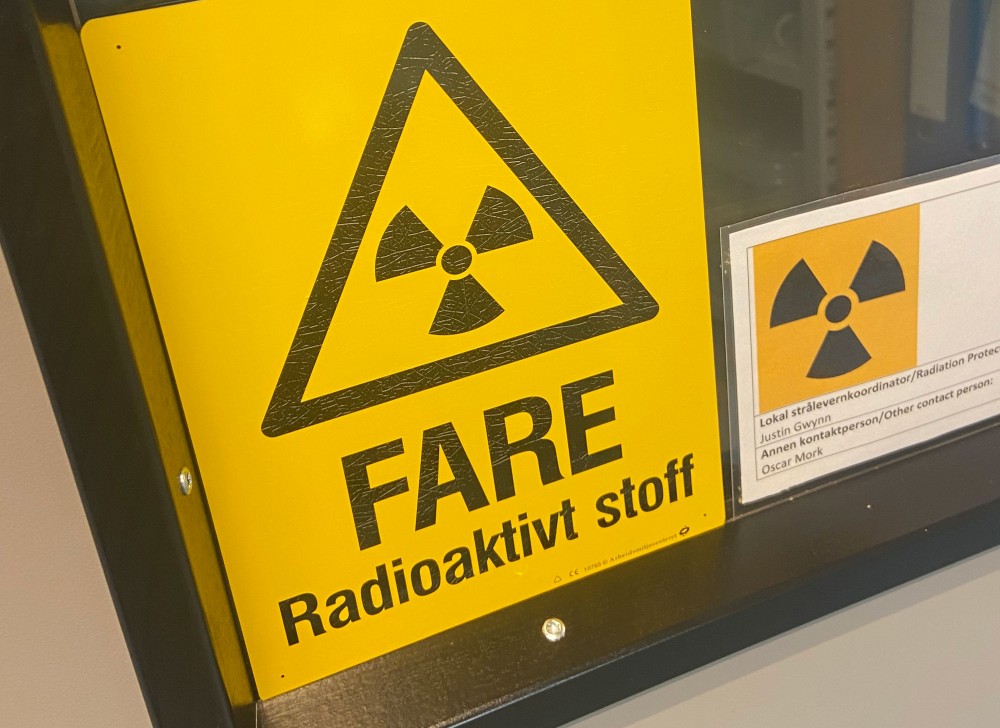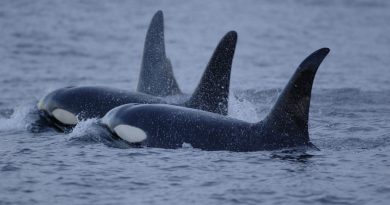Traces of radioactive Cesium-137 measured along Norway’s border with Russia

The radioactivity was measured in filters at Viksjøfjell and Svanhovd in the second week of September, but the origin is still unknown.
Norwegian Radiation and Nuclear Safety Authority (DSA) says the amount of Cesium discovered in the air filters is “very low.”
The filters from Viksjøfjell and Svanhovd are analyzed at the emergency preparedness unit in Pasvik once a week. Radioactive Cesium-137 appeared sometime between September 9th and 12th.
Bredo Møller with DSA’s Emergency Preparedness unit at Svanhovd is not worried.
“The levels are clearly higher than normal, but pose no risk to humans or the environment,” Møller says to the Barents Observer.
“We have detected 5 µBq/m3 at the filter station at Svanhovd for week 37 (9-16 September) and we have measured the same concentration (5 µBq/m3) at the filter station at Viksjøfjell week 36/37 (5-12 September),” he explains.

Bredo Møller says the DSA will carry out more analyzes over the next few days
“We will not be surprised if these are also at the same level as what we have seen today.”
DSA says no other radioactive isotopes were discovered when the filters were studied. Nor is it known whether any measurements on the Russian side of the border have similar results.
No other filters in northern Norway or Finnish Lapland have detected a peak in Cesium over the last week. Cesium-137 is formed as a fission product by operating a nuclear reactor.
Reactors
There are numerous maritime reactors onboard submarines and icebreakers operating the Barents Sea out of bases along the coast of the Kola Peninsula. The large-scale strategic exercise Ocean-2024 ended on September 16, but it is unlikely that such releases are coming from a naval reactor in operation at sea. Small leakages of Cesium-137 are more likely to appear during start-up or maintenance of a reactor or from handling spent nuclear fuel.
Bredo Møller says the Cesium could also originate from forest fires. Fallout from the Chernobyl accident in 1986 and even the atmospheric nuclear testings before 1962 can still be measured in nature. Cesium-137 has a half-life of about 30 years.
When old trees burn, radioactivity could be brought up in the air and blowing by the wind.
Novaya Zemlya
Russian weapons designers from Rosatom have all summer and early autumn been working at the Pankovo test site at Novaya Zemlya. The site is dedicated to test the Burevestnik nuclear-powered cruise missile believed to have a more or less open cooling of the mini-reactor.
Work at the test-site, however, is strictly secret and very little information is made public. There are no official reports that the Burevestnik is tested, but indications can be seen by studying daily updated satellite images from the Arctic archipelago.
The Barents Observer has in the course of the summer seen several cargo-ships and special purpose vessels in the waters outside Pankovo and over the last few weeks, Rosatom’s two large Il-76 transport planes have periodically been parked at the airport in Rogachevo at Novaya Zemlya.
The blue-colored aircraft are believed to conduct operations connected to the Burevestnik testings.
There are currently a few nuclear-powered icebreakers moored at Atomflot in Murmansk.
The radioactive isotope now measured in Finnmark could as well come from faraway, depending on wind-directions.
Related stories from around the North:
Canada: N.W.T. and Alberta ministers meet to talk about undisclosed tailings leak, CBC News
Finland: Finland investigates oil leak risks from Baltic Sea shipwrecks, Yle News
Norway: Expert fears flooded radioactive dump sites could leak to river system that flows into Arctic Ocean, The Independent Barents Observer
Russia: Radioactive time bombs will be lifted from ocean floor in 2030, The Independent Barents Observer
United States: ConocoPhillips faces potential fine of $914,000 for Arctic gas leak, Alaska Public Media



